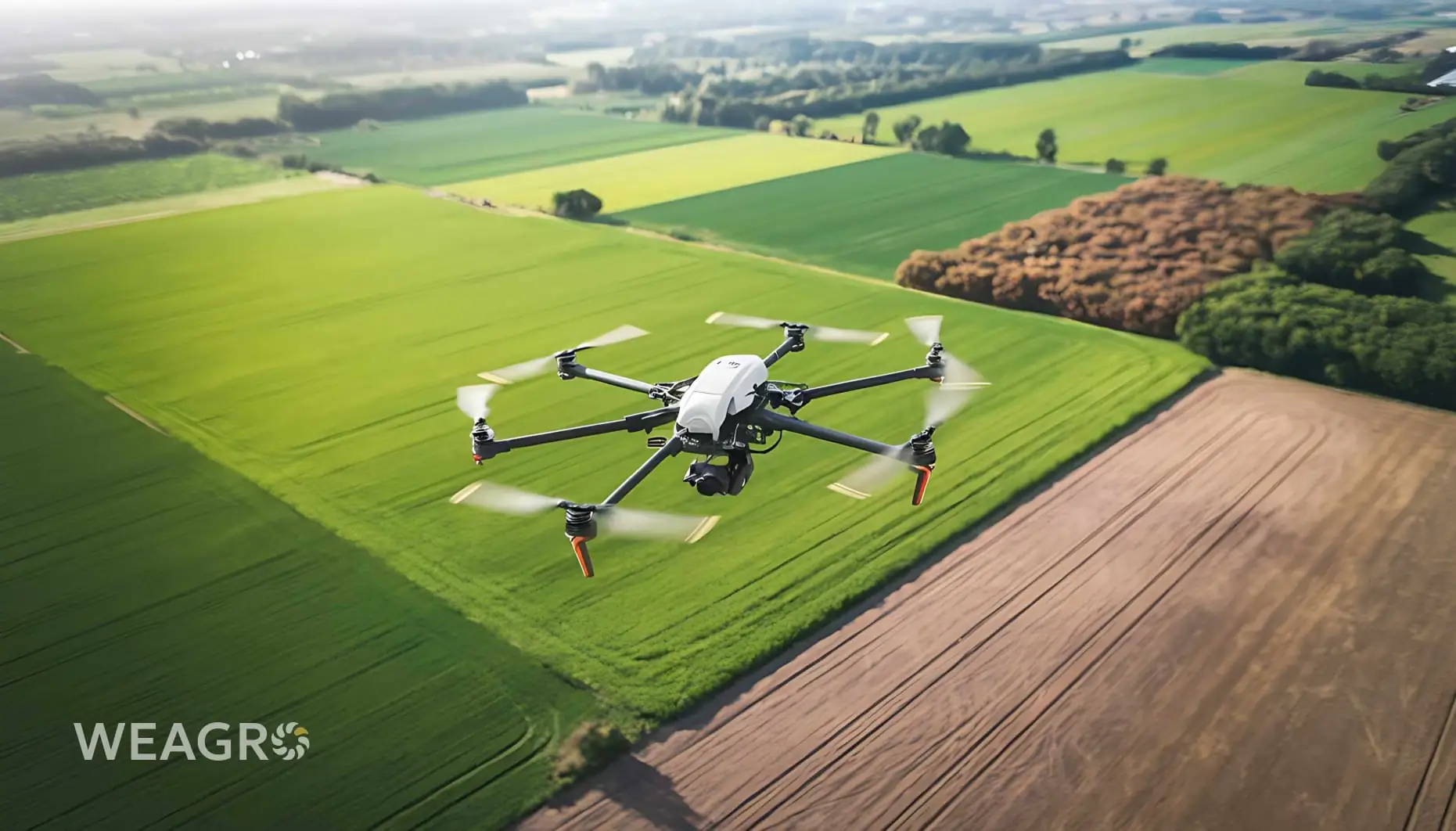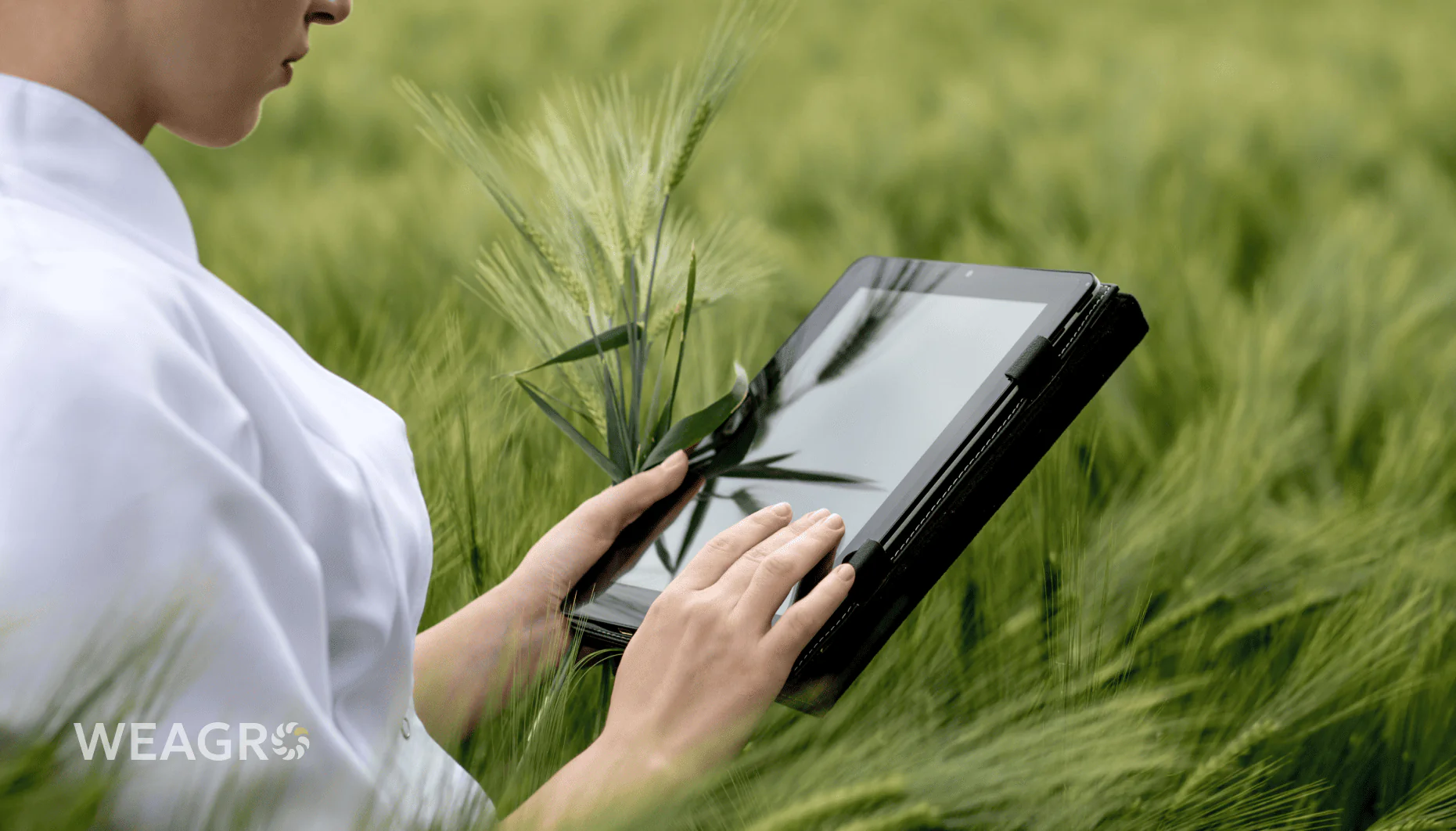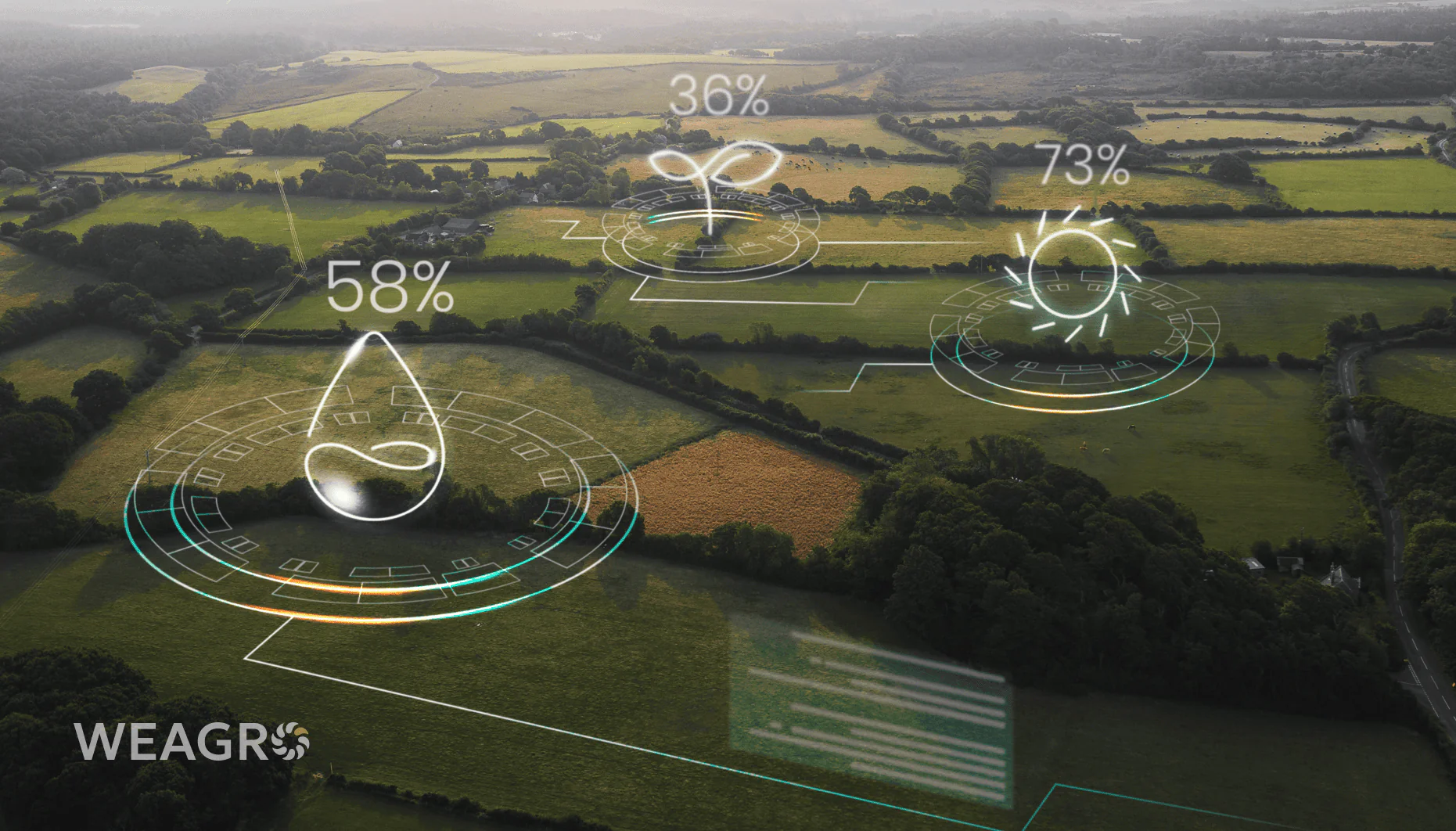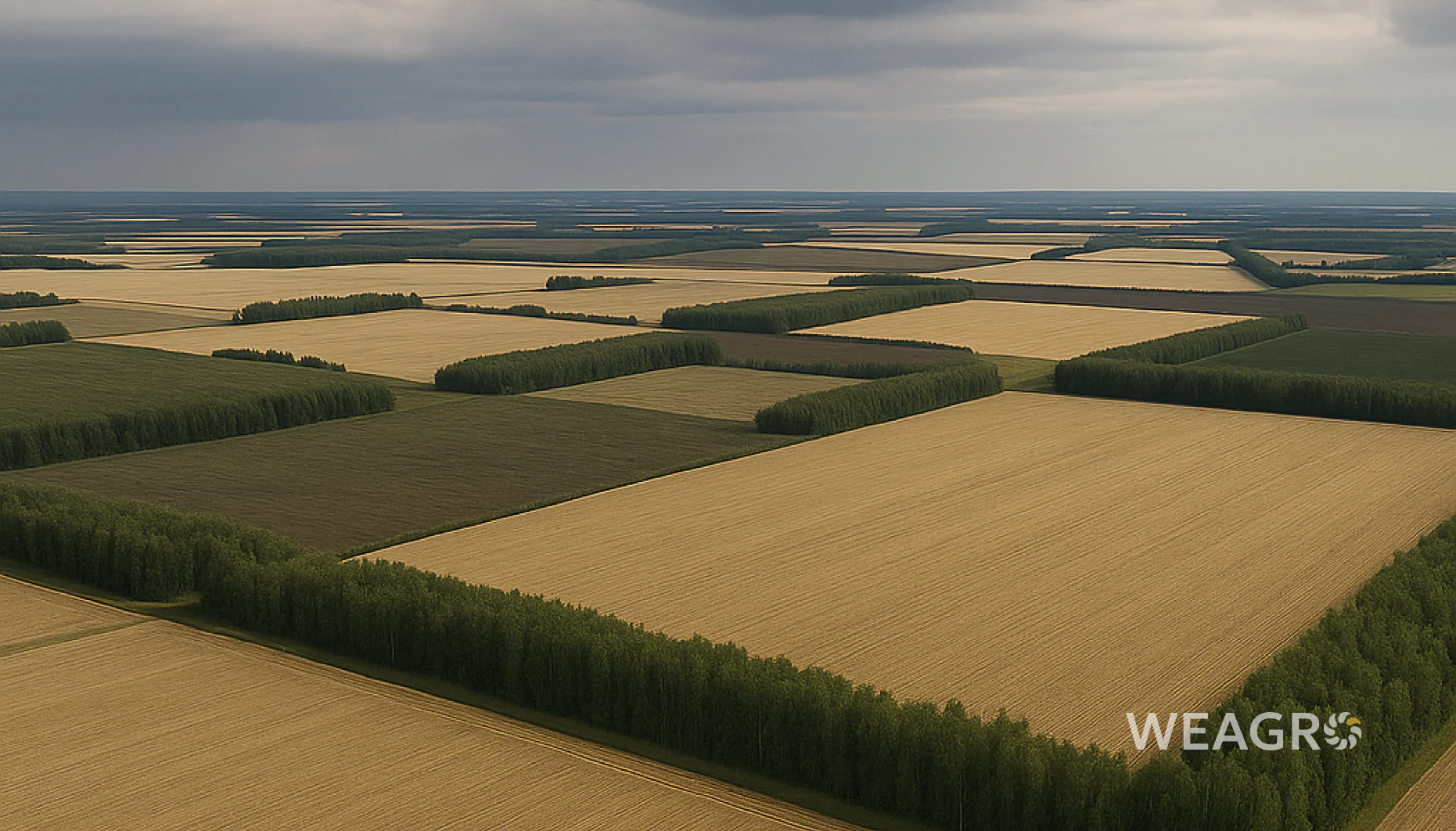The Ukrainian agricultural sector is experiencing one of the most dynamic phases in its history. While decisions were previously made intuitively—based on experience, weather, or last year’s results—today farmers rely on precise data, algorithms, and analytics. Digitalization enables viewing the field as a system where each process is measured, analyzed, and adjusted.
‘Smart farming’ has become not just a trendy phrase but a new way of thinking. Its essence lies in using technologies that allow control over every aspect of production—from sowing to harvesting. This is not just about increasing efficiency; it’s about transforming the entire business model of the farm.
What is Agribusiness Digitalization and why is it Needed
Digitalization is the implementation of technological solutions that provide complete control over the production process. It combines several areas: automation, analytics, remote management, control systems, and financial planning.
For example, a farmer can see real-time changes in soil moisture in a specific area, predict disease risk, or plan treatment depending on weather conditions. While such decisions previously required experience and time, they are now available with just a few clicks on a tablet.
Digital tools help farmers not just collect information but transform it into decisions: when to sow, how to adjust fertilizer doses, when to irrigate or spray.

Precision Agriculture — the Key Element of a ‘Smart Farm’
The essence of precision agriculture is to use every resource as efficiently as possible. In practice, this means that the farm operates considering the characteristics of every square meter of land.
Thanks to systems like Precision Planting or Frendt, farmers can adjust seeding depth, coulter pressure, or fertilizer application rates with precision unattainable through manual control. Such management helps minimize resource waste, reduce production costs, and increase yields.
Precision agriculture also helps combat the effects of climate change. When drought or excess moisture become common occurrences, automated systems help maintain crop stability even under challenging conditions.
Drones, Satellites, and Artificial Intelligence in the Field
One of the most visible symbols of digitalization is drones. They enable quick assessment of crop conditions, identification of problem areas, and precise application of spraying or micronutrients in the required amounts. Such technologies not only save time but also increase work accuracy.
Satellite monitoring complements this system. Space imagery allows evaluating crop growth dynamics, analyzing stress factors, and planning equipment operations. Today, farmers increasingly use NDVI maps, which show vegetation status and enable yield forecasting.
Artificial intelligence is becoming increasingly integrated into these processes. Algorithms analyze historical data, forecast weather, and determine optimal times for planting and treatment. Such solutions transform the farm into a managed analytical system where human error is minimized.
Internet of Things and Field Sensors
Just a few years ago, field sensors were rare, but today they have become a common tool. Systems monitoring moisture, temperature, acidity, or light levels help make decisions based on specific data rather than feelings.
The Internet of Things (IoT) connects all these devices into a single network, allowing online field monitoring. When data automatically flows to a computer or mobile app, farmers can quickly respond to changes—start irrigation, adjust feeding regimes, or apply timely spraying.
Such systems are particularly useful for farms working with large areas. They reduce time expenditure, improve equipment management, and help avoid unnecessary losses due to human error.
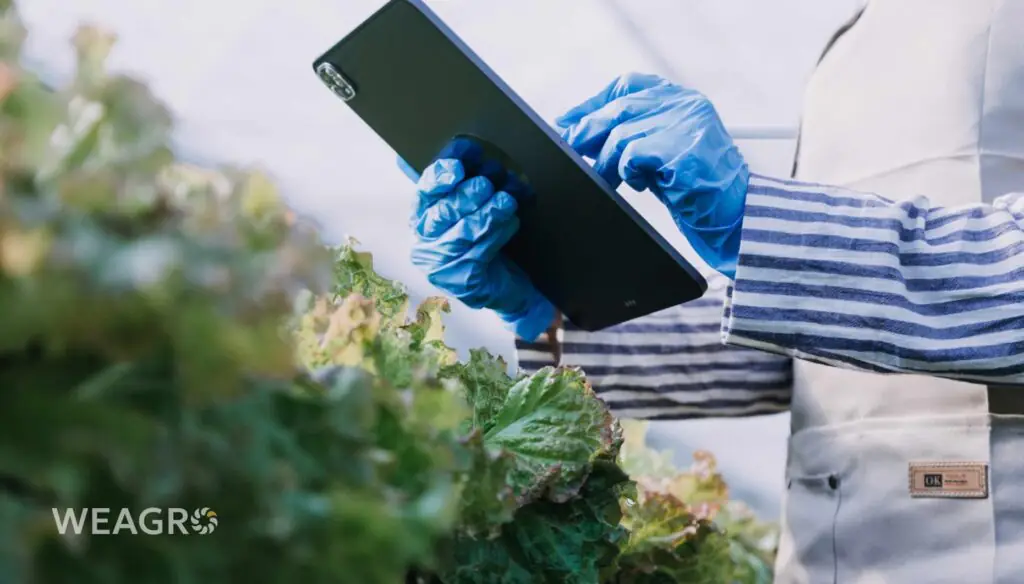
Read also: Financial Planning for Agribusiness in 2026: How to Maintain Stability in Uncertainty
Ukrainian Context and the Role of Digitalization in Agricultural Sector Recovery
The war has been a serious challenge for the Ukrainian agricultural sector but also a catalyst for technological development. Farms that lost some resources began more actively implementing digital tools to increase efficiency on available areas.
Over the past two years, the number of enterprises using satellite monitoring systems has nearly doubled. More and more farmers are switching to electronic equipment management systems, automated accounting solutions, and online cost control.
Digitalization helps farmers remain competitive even under conditions of uncertainty. It’s a path to stability, transparency, and accurate profit forecasting, which is particularly important for small and medium-sized businesses.
Read also: Digital Tools for Agribusiness: Which Services to Implement
Technology Financing and WEAGRO Support
The main obstacle for most farms is not the lack of desire to implement innovations, but the lack of resources. Technologies are expensive, and not every farmer can afford to upgrade equipment or purchase drones.
That’s why the role of financial services that simplify access to innovations is growing today. The online service
This approach opens the door to digitalization even for small farms. WEAGRO effectively provides farmers with the opportunity to develop without financial barriers, supporting them on the path to technological modernization.
The Future of Digital Farming: Artificial Intelligence, Robotization, Energy Efficiency
The next step in agricultural innovation is the integration of artificial intelligence and robotics into all stages of production. Already today, the global market is testing autonomous tractors capable of operating without drivers and automated irrigation systems that respond to sensor data in real-time.
Ukraine has the potential to become one of the leaders in this field, combining farmers’ high level of technological literacy with a drive for innovation. Implementing such solutions will reduce dependence on human resources, optimize energy use, and ensure production sustainability even in crisis conditions.
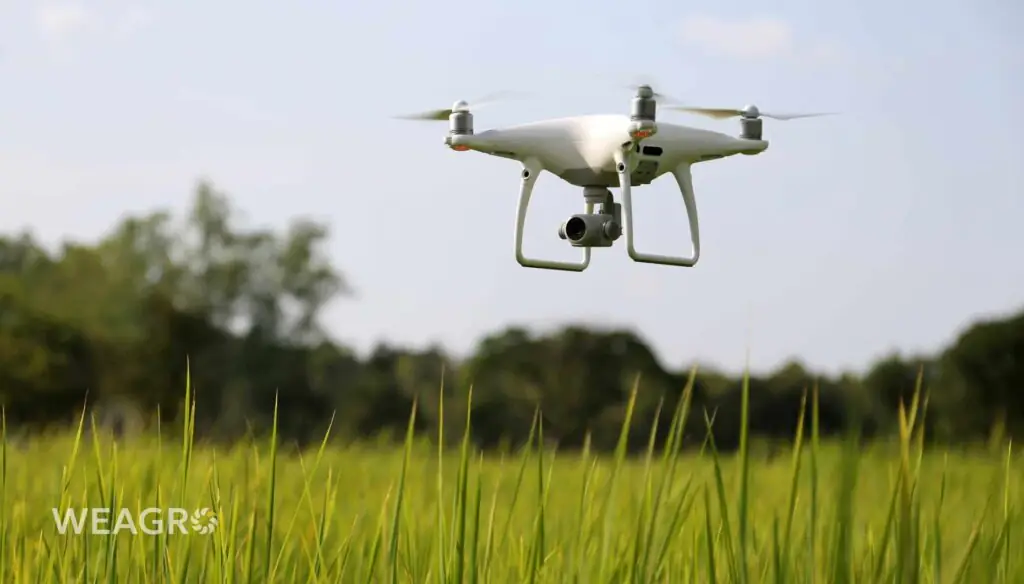
Висновок
Digitalization is more than just technology. It’s a new culture of agribusiness management where decisions are based on data, and efficiency is measured not only by yield but also by development stability.
A farmer using analytics, drones, and precision farming systems gains not only better yields but also understanding of their business. And thanks to financial instruments like WEAGRO, this path becomes a reality for every farm, regardless of size and region.
